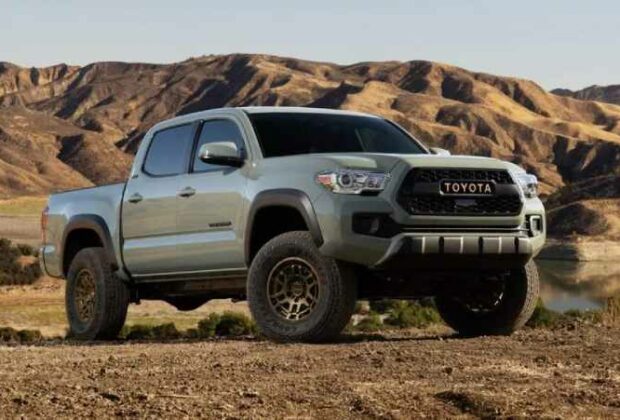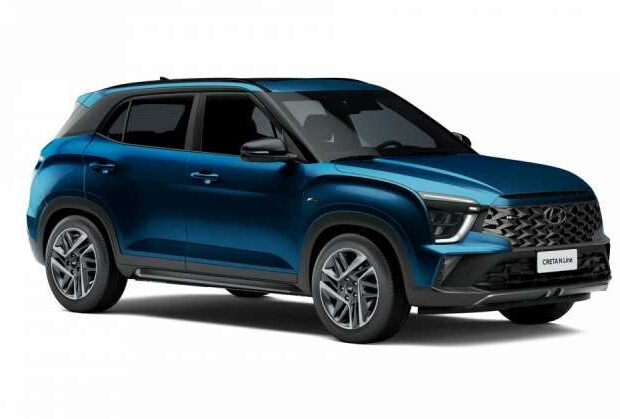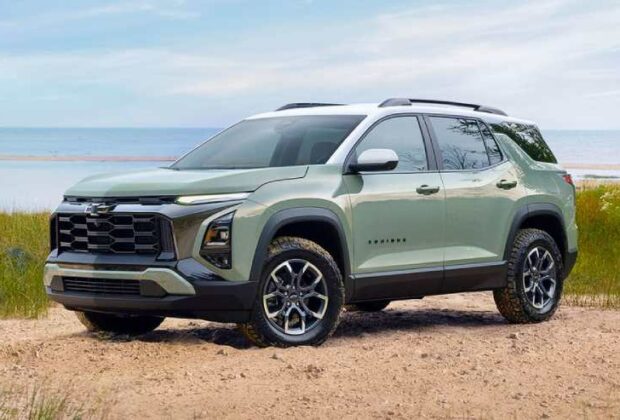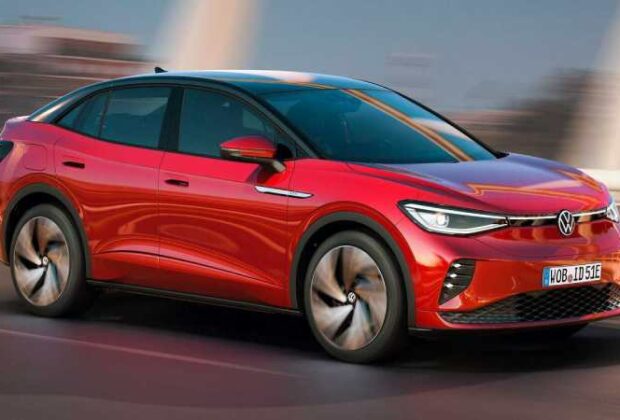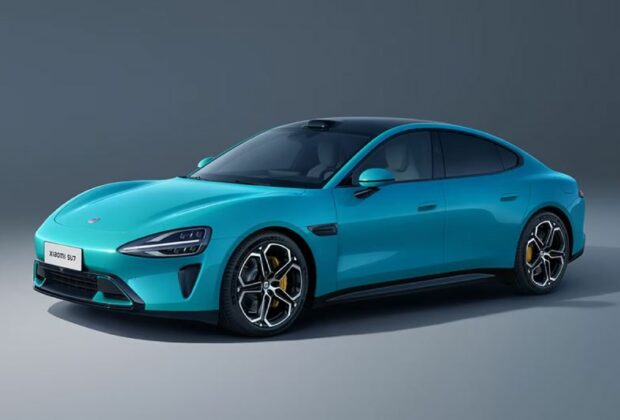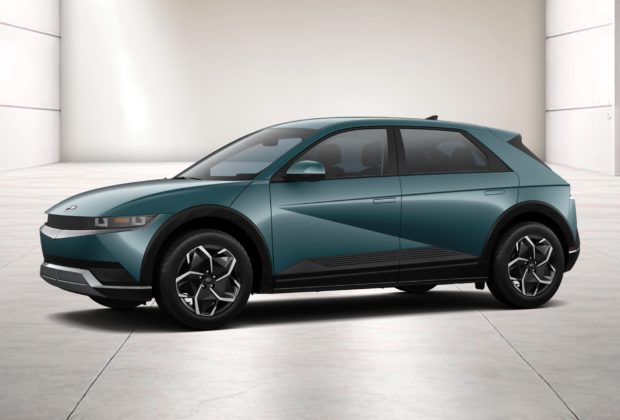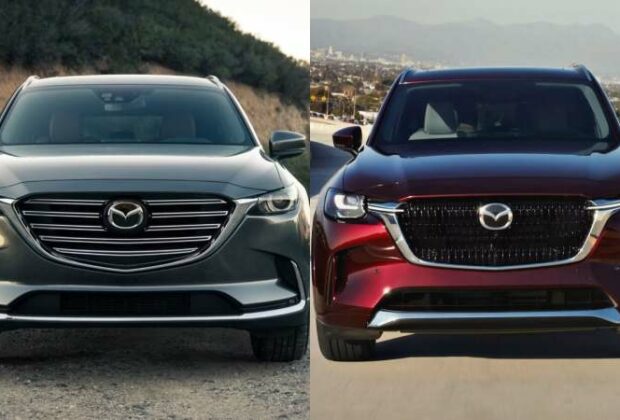The 22nd annual Best Resale Value Awards winners were just revealed by Kelley Blue Book. The top ten vehicles, brands, and categories that are anticipated to hold their value over the first five years of ownership are honoured with these honours.
Toyota triumphed once more this year, taking home the Best Resale Value Brand title for the ninth time. The carmaker had previously taken home the trophy in 2014, 2017, 2018, 2019, 2021, 2022, and 2023.
In the luxury brand category, Lexus celebrated its third straight victory in 2024, as well as its fifth overall. The Honda Civic has the best resale value among small cars, with other car models performing admirably as well. The Honda Accord excels in the midsize vehicle class, while the Ford Bronco is the best off-road SUV. The Chevrolet Corvette is unquestionably the greatest sports vehicle in the class, but the Subaru Crosstrek is a standout option for those looking for a smaller SUV.
Other standout models are the Toyota Sienna in the minivan class, the Hyundai Palisade and Toyota Sequoia at the top of the midsize and full-size SUV classes, and the Honda CR-V in the compact SUV segment.
With the IS in small cars, the ES in midsize cars, the UX in subcompact SUVs, the LS in full-size cars, the NX in compact SUVs, and the RX in midsize SUVs, Lexus leads the luxury automobile market. For hybrid and plug-in hybrid vehicles (HEV/PHEV), the Toyota Prius is the best option; for electric vehicles, the Hyundai IONIQ 6 is the best automobile. Mercedes-Benz excels in both the luxury and electric vehicle markets, with the EQS ranking as the top luxury EV and the G-Class being the greatest full-size SUV in the former.
In terms of pickup trucks, the compact, midsize, and full-size classes are occupied by the Ford Maverick, Toyota Tacoma, and Toyota Tundra, respectively. Regarding electric vehicles, the Ford F-150 Lightning is the best electric truck, the Cadillac Lyriq is the best premium electric SUV, and the Rivian R1S is the best electric SUV.
Favourite models including the Chevrolet Corvette, Toyota 4Runner, Ford Bronco, Toyota GR Supra, and others are included in the top 10 cars for resale value in 2024, demonstrating a wide variety of automobiles that maintain their worth over time.
Read Full Article
